How to Fix Left CTRL Key not Working on Windows?
Several users have been reporting that they are suddenly unable to use the left CTRL-key on their laptop or computer. Some users are saying that even if they connect an external keyboard, the CTRL key still doesn’t work. The issue is not exclusive to a certain Windows version as it’s confirmed to occur on Windows 7, Windows 8.1 and Windows 10.
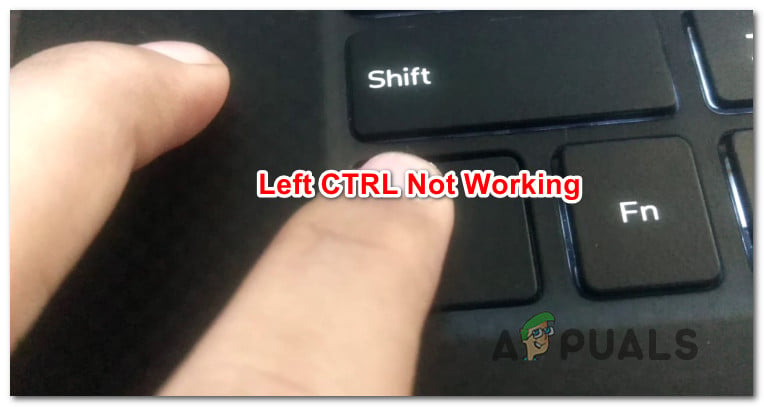
What is causing the ‘Left CTRL Key Not Working’ issue on Windows?
We looked into various user reports and analyzed various repair strategies that are commonly recommended by affected users. As it turns out, several different situations can lead to the apparition of this issue. Here’s a shortlist of potential culprits that might be responsible for this problem:
- Physical keyboard issue – Before focusing on other potential culprits, affected users should start by ensuring that they are not dealing with a faulty keyboard button. The easiest to test if this is true is to connect a different keyboard and see if the issue is still occurring.
- The issue is caused by a bad Windows update – There is one particular Windows update aimed at adding additional shortcut options that are known to cause this problem with the left Ctrl button. In this case, you can resolve the issue by install every pending WIndows update – this will make sure that you install the hotfix for the issue.
- Corrupted / Improper HID Driver – The HID driver is often responsible for the apparition of this issue. A corrupted instance might break the functionality of some keys. Affected users have reported that they managed to fix the problem by reinstalling the driver using Device Manager.
If you’re looking for a fix that will take care of this problem, this article will provide you with several different repair strategies that will help you to troubleshoot the issue away. Down below, you’ll find several different repair strategies that other users in a similar situation have successfully used restore the normal functionality of the Left Ctrl key.
For the best results, we advise you to follow the potential fixes below in order, since we arranged them by efficiency. Eventually, you should stumble upon a method that will resolve the issue regardless of the culprit that’s causing the problem.
Let’s begin!
Method 1: Testing for a physical problem
To ensure that you don’t follow a lot of troubleshooting steps to no avail, you should start by making sure that you’re not dealing with a physical keyboard problem – a faulty button.
With this in mind, start by connecting a different keyboard and see if the issue is still occurring. If you’re encountering the issue on a laptop, plug in a USB keyboard and see if the left CTRL-key is usable.
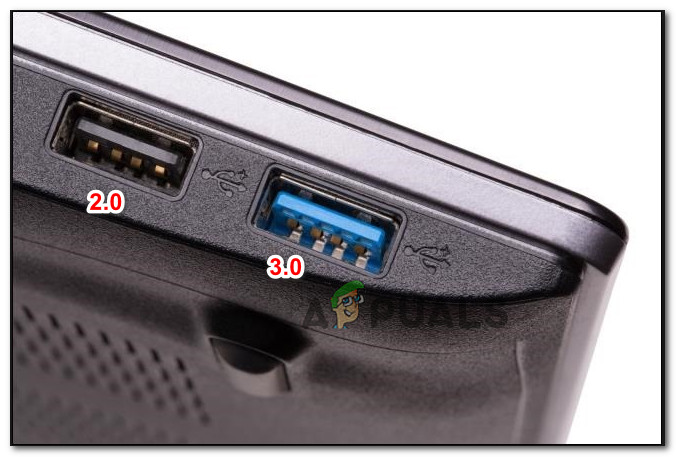
If the issue persists even with a different keyboard, it’s clear that the issue is not being caused by a physical issue. In this case, move down to the next method below.
Method 2: Install every pending Windows update
The next step would be to ensure that you’re running the latest Windows version. Several affected users have reported that the issue stopped occurring and the CTRL key started working again once they installed every pending WIndows update to ensure that they were running to the latest build possible.
The fact that this method was successful for some users suggests that Microsoft has possibly released a hotfix for this particular issue.
Here’s a quick guide on ensuring that you install every pending update:
- Press Windows key + R to open up a Run dialog box. Next, type “ms-settings:windowsupdate” inside the text box and press Enter to open up the Windows Update tab of the Settings app.
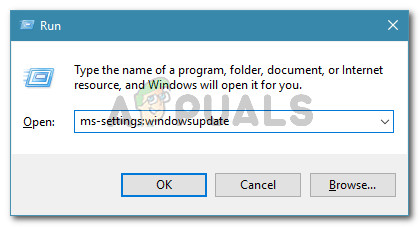
Run dialog: ms-settings:windowsupdate - Once you’re inside the Windows Update tab, click on Check for Update and wait until the initial scan is complete.
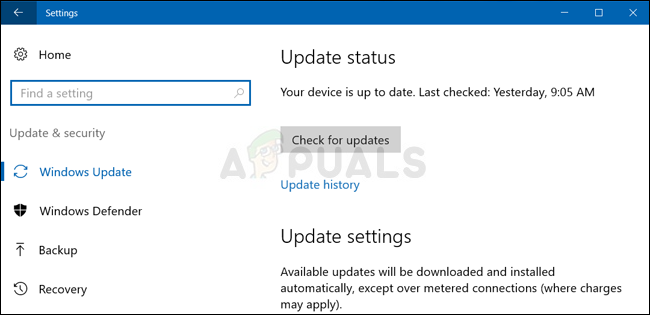
Checking for updates on Windows 10 - Once the scan figures up which updates are pending to be installed on your computer, follow the on-screen prompts to install them all. If you’re prompted to restart before you get the chance to install every item, do so but make sure to return to this same screen at the next startup to complete the rest of the update installations.
- After you manage to install every pending update, restart your computer and see if the issue is resolved at the next startup.
If the left CTRL-key is still not working, move down to the next method below.
Method 3: Reinstalling HID Drivers
It’s also possible that you’re seeing this error due to a keyboard driver issue. Several users that were also encountering this problem have reported that they managed to get this fixed after uninstalling and reinstalling the HID drivers using Device Manager.
Here’s a quick guide on using Device Manager to reinstall the Keyboards drivers:
- Press Windows key + R to open up a Run dialog box. Next, type “devmgmt.msc” and press Enter to open up the Device Manager utility.

Running Device Manager - Once you’re inside Device Manager, scroll down through the list of installed items and expand the drop-down menu associated with Keyboards.
- Right-click on HID Keyboard Device and choose Uninstall Device from the newly appeared context menu.
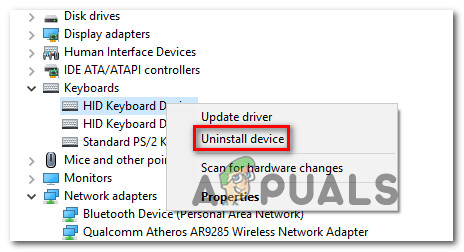
Uninstalling the Keyboard HID device - Confirm your intention of uninstalling the driver by clicking Uninstall once again, then wait for the process to complete.
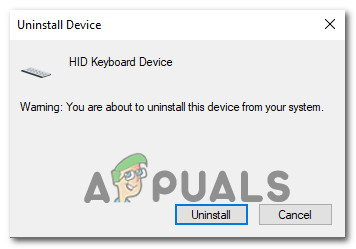
Confirming the uninstalling of the HID keyboard - Repeat step 4 and step 4 with the all HID drivers that you have installed on your computer.
- Restart your computer to allow your OS to reinstall the HID drivers during the next startup sequence and see if the issue has been resolved.




